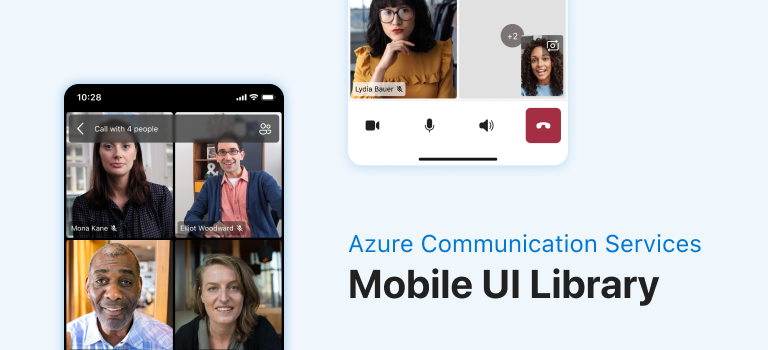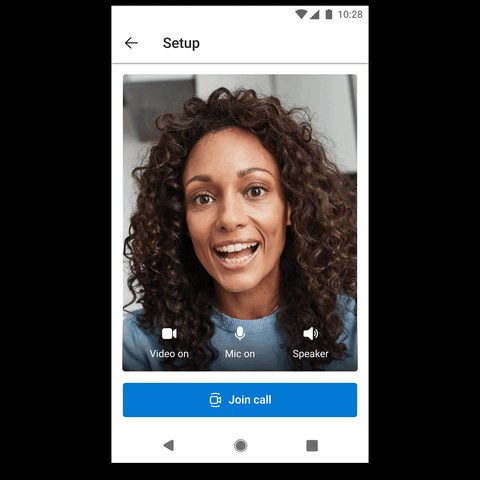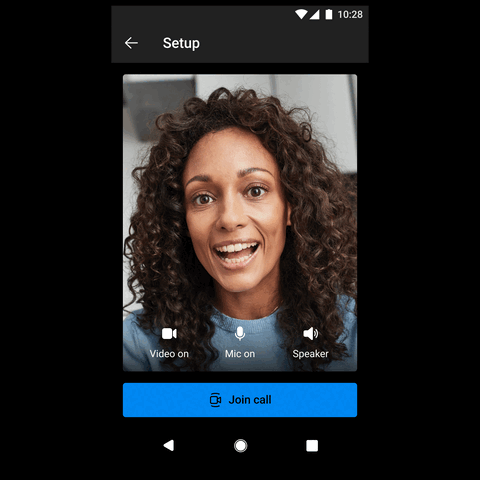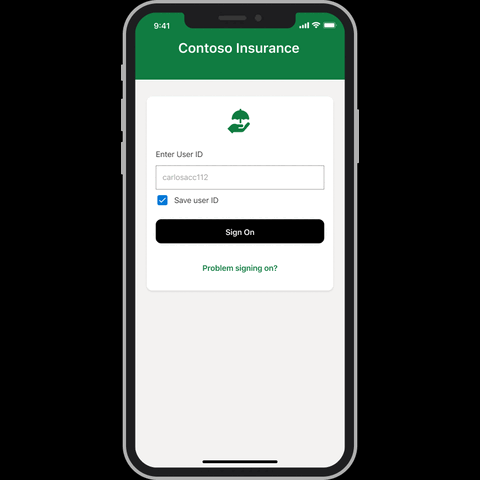This post has been republished via RSS; it originally appeared at: Microsoft Mobile Engineering - Medium.
Azure Communication Services — Empowering Developers with Telecommunications — Part 1

Introducing Azure Communication Services UI Library — Calling Composite
Overview
Azure Communication Services (ACS) UI Libraries empower developers to build modern communication user experiences quickly using ACS native SDK. The ACS UI Libraries include production-ready UI components that you can drop into your applications. ACS UI Libraries are an open-source project (under MIT license) on GitHub, and supports three different clients platforms today: Web, Android, and iOS. For simplicity, we will be diving into the Calling Composite experience (audio and video call) of the ACS UI Library on mobile for the rest of the article.
What are we trying to solve?
Team’s Mission: We empower developers to create visually delightful communication experiences for everyone.
The ACS UI Library team seeks to help developers to deliver compelling communication experiences through custom applications on any platform, anywhere. The UI Library accelerates developer velocity by making it easy to build stand-alone communication applications and if required, connecting those applications to Microsoft Teams.


What are we excited about?
The ACS UI Library on mobile is about to ship the Calling Composite experience in June, 2022 while the on the web, Calling Composite is already publicly available. By being publicly available, developers now have a set of APIs which are reviewed, compliant, and robust. At the same time, we want to promote the ACS UI Libraries and learn from developers their integration experience, pain-points, and ideas for improvement.
We also want to prove that developers of all levels can follow Quickstart: Get started with the UI Library and be able to add video and audio calling into their mobile application in 2–3 hours. Yes — within a few hours, we want you to be able to take your existing mobile application, integrate the ACS UI Library, and have a group calling session with your leadership team or customers to showcase the end to end calling functionality.
The following code snippet illustrates the bare minimum requirement to setup and start a calling experience using the ACS, once the ACS UI Library dependencies are setup.
What are some examples we can help solve?
Healthcare: A patient wants to connect with a physician for a virtual visit. At the time of virtual visit, the patient opens the mobile app provided by the physician’s office, and initiates a video calling experience through the mobile app. The receptionist joins the same call, welcoming the patient and ensures video and voice connectivity is working as expected. The receptionist then informs the physician that the patient has arrived. The physician then joins the call while the receptionist drops off.
Education: A professor hosts classes virtually using the university’s eLearning mobile application. The professor and students join the class via a calling experience. While the professor presents his/her Powerpoint via screen share, the students can get the professor’s attention by using the hand raise functionality, and unmuting themselves to ask a question. At the end of the class, the professor pulls up the Chat functionality and writes down this week’s homework for the students.
Contact Support: A client uses an e-commerce platform to sell goods online. One day, while the client is making modifications to the e-commerce store, the website breaks down and customers can’t make purchases. The client initiates a call quickly with the e-commerce platform support, and is able to screen share with the contact support with all the modifications made so far. The contact support is able to quickly identify the problem and help instruct the client on how to mitigate the problem.

Next Up
Now that you have a bit of understanding of what the ACS UI Library provides and how you can leverage the turn-key solution to help solve your telecommunication needs, let’s dive into Part 2 which discusses the engineering principles that helped put together the Calling UI Composite. Understanding the different engineering principles of the UI Composite will help you understand the engineering effort required to make this product robust and easy to use.
Please check out the GitHub repositories and Quick Start guides in the Appendix for more details!
Appendix
GitHub Repositories
- Android — https://github.com/Azure/communication-ui-library-android
- iOS — https://github.com/Azure/communication-ui-library-ios
- Web — https://github.com/Azure/communication-ui-library
Quick Start
- Android — https://docs.microsoft.com/en-us/azure/communication-services/quickstarts/ui-library/get-started-composites?tabs=kotlin&pivots=platform-android
- iOS — https://docs.microsoft.com/en-us/azure/communication-services/quickstarts/ui-library/get-started-composites?tabs=kotlin&pivots=platform-ios
- Web — https://docs.microsoft.com/en-us/azure/communication-services/quickstarts/ui-library/get-started-composites?tabs=kotlin&pivots=platform-web
Azure Communication Services — Empowering Developers with Telecommunications — Part 1… was originally published in Microsoft Mobile Engineering on Medium, where people are continuing the conversation by highlighting and responding to this story.
